Early history of woodblock print dyeing
Reproduced textile called “ban-e”, Collection of Tokyo National Museum
Oldest woodblock print, ban-e, is a technique that started to be employed in the Nara period (710-784). Printing patterns with pigments on solid color garments were widely used to make outer garments for officers. Woodblock printing was one of the major dyeing techniques before katazome (Japanese stencil dyeing) was introduced in the 14th century. As katazome began to be used as a more efficient dyeing method, woodblock print dyeing became less popular and almost died out by the 18th century. In the 1950’s Tetsuo Koyama and his father, Yasuie, were inspired by the beauty of ban-e and started to create kimonos using woodblocks they carved.
Part of restored garment from the Muromachi period, Collection of Tokyo National Museum
Reproduced garment with wood prints, Collection of Tokyo National Museum
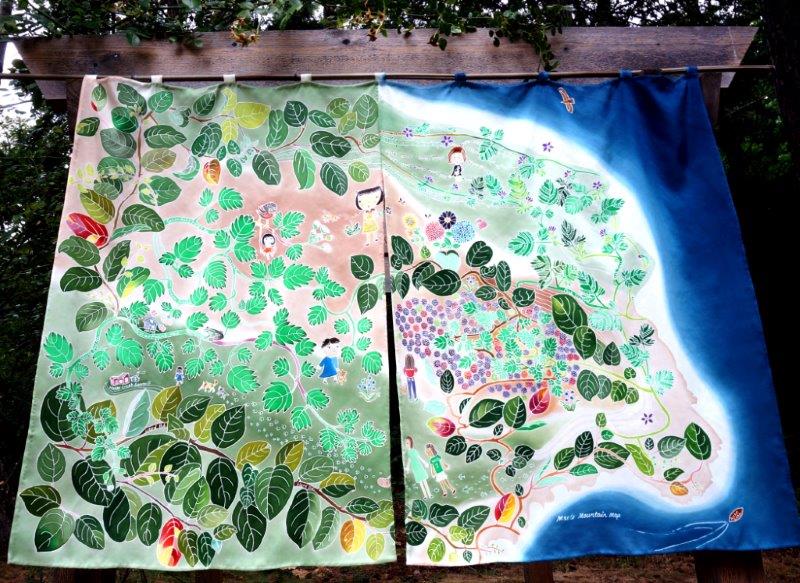
Yuzen dyeing 2 – Can Canada be my home?
"Can Canada be my home? " I made a yuzen dyeing piece (the image below) to answer this deep question. My yuzen piece was exhibited in the group show ...

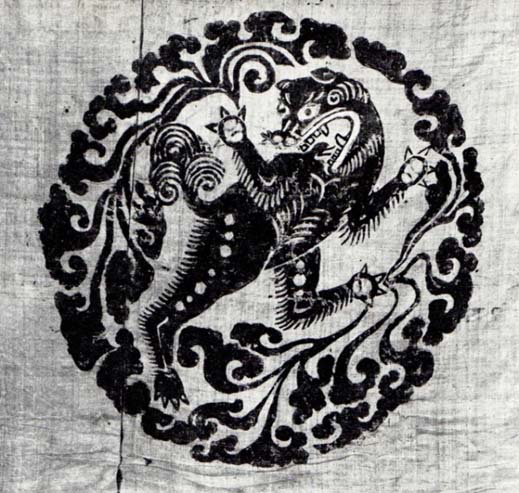
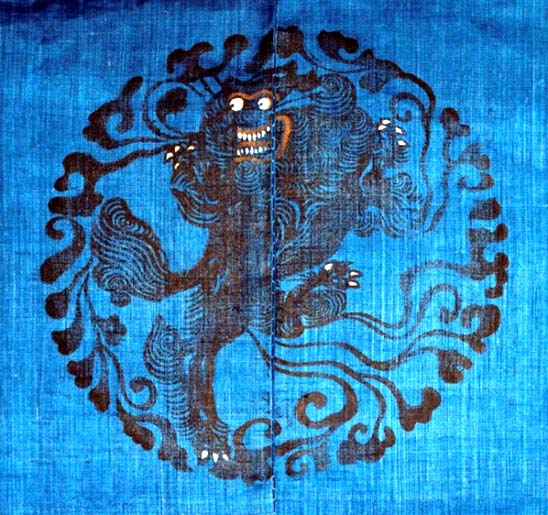
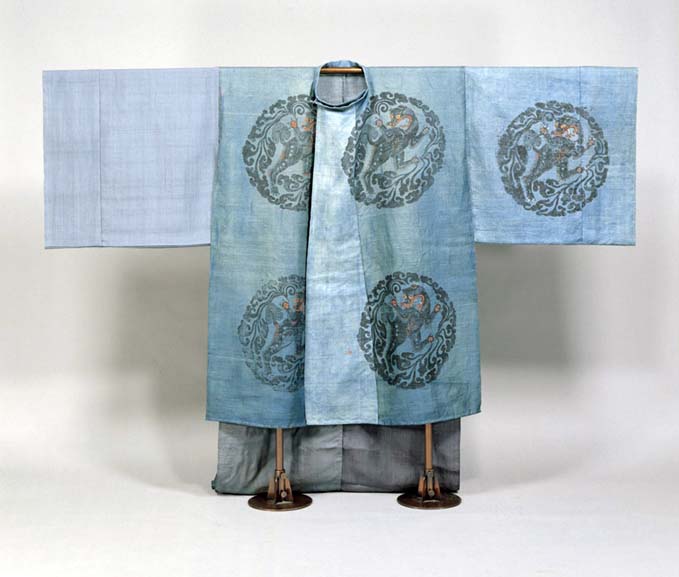
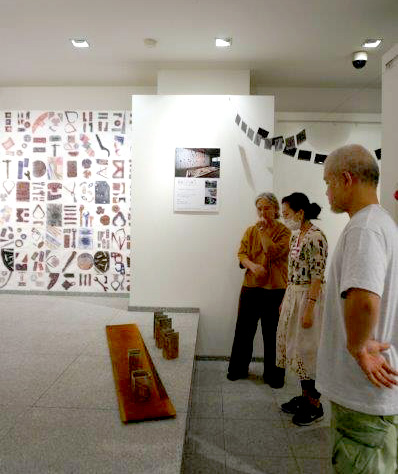
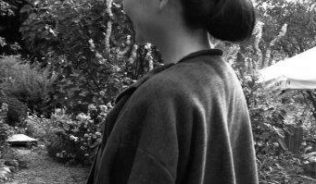
Leave a Reply